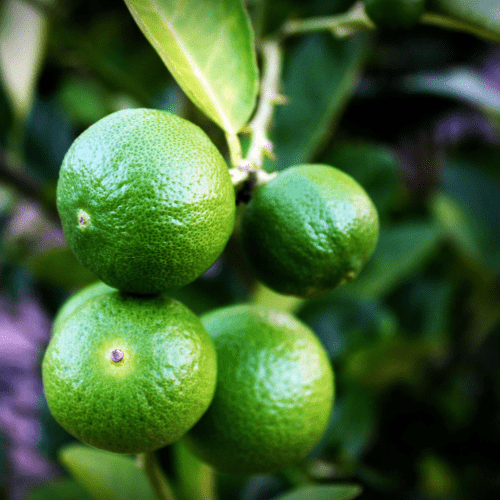Position
Cagaita plants prefer full sun to partial shade. They require at least 6-8 hours of direct sunlight daily for optimal growth and fruit production.
In cooler climates or limited space, they can be grown in large containers filled with well-draining potting mix and a bag of acid compost to your soil.
Ensure the container has drainage holes to prevent waterlogging, and place it in a location with adequate sunlight.
Soil
They grow best in well-draining soil rich in organic matter. Sandy loam or loamy soils with a slightly acidic to neutral pH (around 5.5-6.5) are ideal. Add a bag of acid compost to your soil.
If your Soil is heavy clay or compacted, amend it with organic matter such as compost to improve drainage and fertility.
Water
Water newly planted Cagaita plants regularly to help them establish a strong root system. Keep the soil evenly moist but not waterlogged.
Once established, Cagaita plants are somewhat drought-tolerant but still benefit from regular watering during dry periods, especially when fruits are developing.
Fertilising
Use our slow release berry fertiliser (used for all plants) apply one teaspoon every 4-5 months, the roots will absorb what they require.
Pruning
Prune Cagaita plants to remove dead or diseased branches, improve air circulation, and maintain a desirable shape.
Prune during the dormant season or after fruiting to encourage new growth and flowering for the next season.
Mulch
Mulch with 2 to 5 centimetres of pine bark mulch. It’s best to replace the mulch each time, rather than turning it into the soil (as this may disturb or damage the roots). Mulching around the base of the plant helps retain moisture and suppress weeds.
Pests and Diseases
Cagaita plants are generally resilient against pests and diseases but may occasionally be affected by fungal diseases or pests like aphids or scale insects. Ensure good air circulation around the plants and avoid overhead watering to reduce the risk of fungal infections.
We recommend Effective Microorganisms to prevent the spread of these pests and diseases. It is organic and more affordable than most other products.
Pollination
Cagaita plants are usually self-fertile, meaning they can produce fruit without needing another plant for pollination. However, having multiple plants can increase fruit yield. Bees and other pollinators help in the pollination process.
Harvesting
Cagaita fruits are typically ready for harvest when they turn yellow or orange-yellow and are slightly soft to the touch.
Harvest carefully to avoid damaging the fruits, as they can bruise easily.






